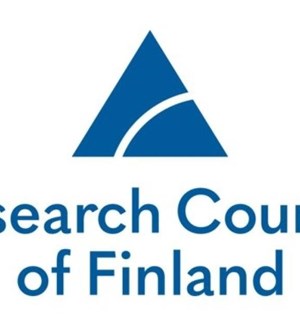- Universidade de São Paulo - Brazil
Plastics has become one of the most urgent environmental issue due to their resistance to natural degradation. Over time, they break down into microplastics (MPs), which, at lengths less than 5 mm which bring a serious problem, especially due to air and water pollution, causing serious complications to the quality of human, animal, and plant life. Several emerging strategies are being explored to combat MPs pollution, with metal oxide semiconductors emerging as effective and sustainable photocatalysts for degrading MPs, offering promise in addressing this social and environmental challenge. Metal oxide semiconductors, when energized externally, act as photocatalysts by generating charge carriers, which, in the presence of water and oxygen, lead to the formation of reactive oxygen species (ROS). Therefore, in-depth research on ROS generation and how to improve the photodegradation efficiency of these materials is an essential factor in translating viable new technologies from the laboratory to the market. Regarding MPs, there is a lack of molecular models for ab initio calculations and knowledge about how ROS function and their mechanisms in the photodegradation process, which presents significant challenges. Therefore, the TREX-MPs project aims to investigate the photodegradation of MPs using metal oxide semiconductors thought ROS interaction. This will be achieved applying theoretical and experimental approaches, with a focus on studying the degradation of polystyrene MPs using TiO2 and CeO2. The results will contribute to the literature in this direction, and will facilitate the remediation of MPs in wastewater, which can be used in water treatment systems more effectively, at a scalable level, and in an environmentally beneficial manner. Thus, there is an urgent need of knowledge on how to deal with MPs, from their generation to their elimination, following the criteria of green chemistry.
Want to analyze based on this project via our analysis tool? Analyze this project
Knowledge Gaps
Degradation
Mode of action (MOA)
Environmental effects and ecotoxicity
Models to predict toxicity
Characteristics of plastic-general




